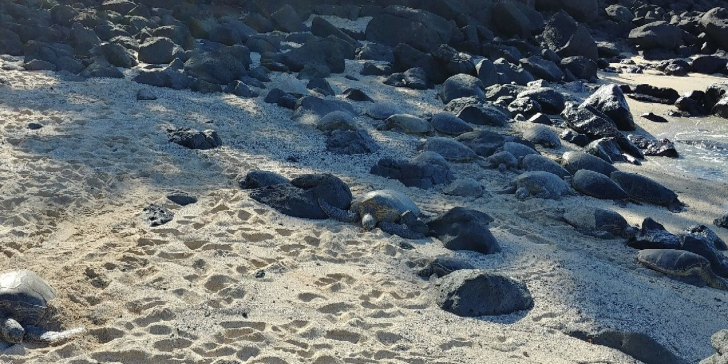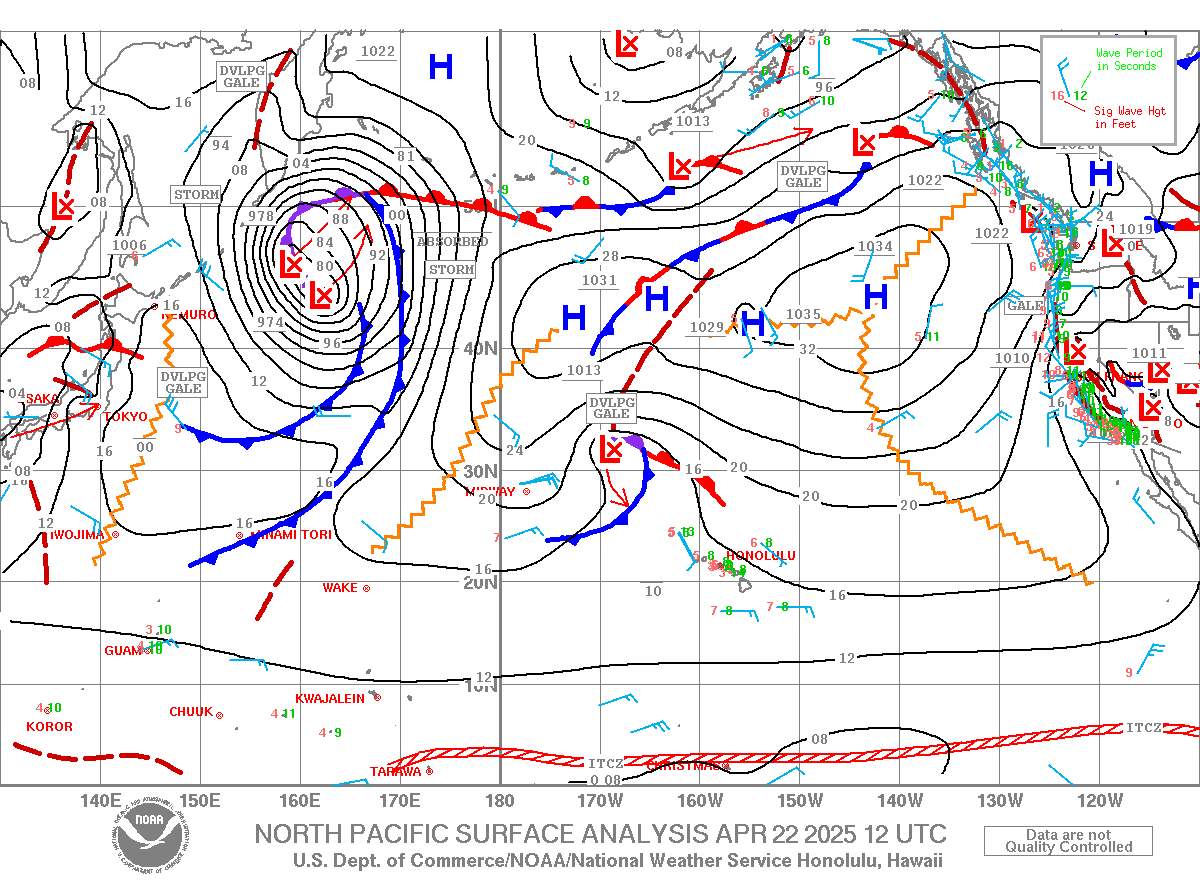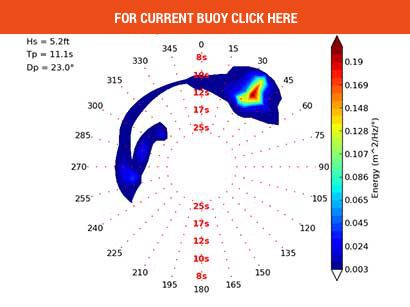
In case you missed this excellent KHON story of the ‘Turtle Beach’ traffic and safety concern…solving this issue has moved as fast as the beach’s new name.
It’s hard to believe this has been so hugely sold (out) as a must-see.
Frontpage image: Laniakea’s beachfront buddy’s on the North end are about as slow as the cars.
Thank You Nikki for the coverage. SNN
In 2013, concrete barriers went up by the state Department of Transportation to address the same issues that stand today—backed up traffic and safety hazards for pedestrians.
Due to lack of permits and blocking public access to a beach, a group sued DOT, won the lawsuit, and the barriers came down in 2015.
The safety situation was brought to attention again after a 10-year-old boy was hit by a car while crossing Kamehameha Highway earlier this month.
The DOT said they believed it wouldn’t have happened if the barriers were up and this week they said there were three ways the barriers could come back.
Hawaii Department of Transportation
“Our position has always been that when the barriers went up that it was an extremely safe situation because nobody was walking from the mauka side,” explained Ed Sniffen, deputy director for HDOT.
He said traffic in the area was down to a two to five-minute drive when the barriers were in place.
“The traffic through that area can be up to an hour right now just going through that portion of the roadway,” he said.
“We know it works, we know it was a simple solution that increased the safety,” he said.
He said when the barriers went up the DOT went through the city and got an SMA minor permit.
“Because there were plaintiffs that were suing us, the city decided it should be an SMA major which requires an environmental assessment so we went through the environmental assessment process, we got the city on the environmental side, and they told us at that time about a year later they don’t believe it’s in the special management area anymore because the high watermark gets above the highway which means it’s now in the CDUA or under DLNR jurisdiction,” Sniffen explained.
He said the state started working on the DLNR jurisdiction which requires a shoreline certification.
Once it was completed, Sniffen said one of the plaintiffs in the lawsuit told DLNR they didn’t believe the survey was correct because the barriers were parked in the parking lot area, potentially stopping the water from going higher.
“So DLNR agreed with them, we’re going to have to re-do the survey which takes another six months so we’ve been trying to chase this down as much as possible to make sure we put up the barriers immediately,” Sniffen said.
Getting the barriers back…
“There are several ways we can get the barriers back in place,” Sniffen said.
“One way was to make sure we get the permitting done, going through the new permitting process the court had indicated that we should go through and if we go through those processes there are several things that could happen we could get the shoreline certification done in that six month timeframe, we could go through the BLNR, who would have to approve of the certification, and if the certification is approved by the board then there’s a potential that a contested case could be held which could delay it another two years.
“The second way this could happen is the city could direct us because they’re the ones who own the park lands or the lands that were designated for a park on the mauka side. They could let us know there’s no park there, there isn’t going to be any park there so if we place the barriers in that area they’re okay with it,” he said.
“The third is the plaintiffs could drop the case so the court doesn’t have jurisdiction anymore and we could replace the barriers as well.”
He said the second and third options could happen quickly.
“We’re going to move forward on the permits because I don’t want to let this situation linger any longer than it has to, but I’m hoping practical minds prevail of this and we can put those barriers up immediately,” he said.
That involves updating the study they previously did and removing the barriers from the area they currently sit at so they can capture the high watermark in the winter season.
Save Laniakea Lawsuit
A group of surfers brought on the lawsuit, arguing they couldn’t access the beach properly….





















